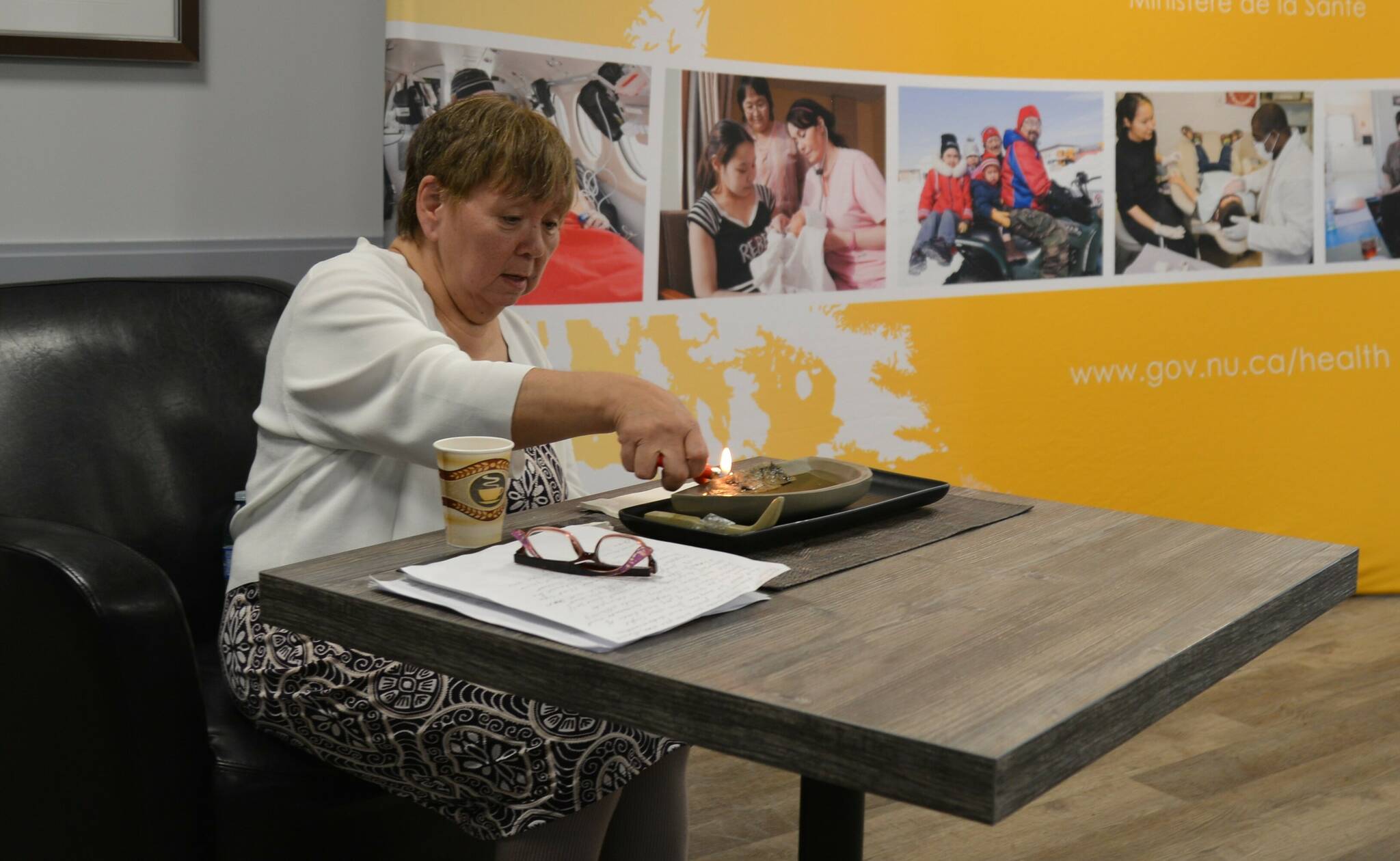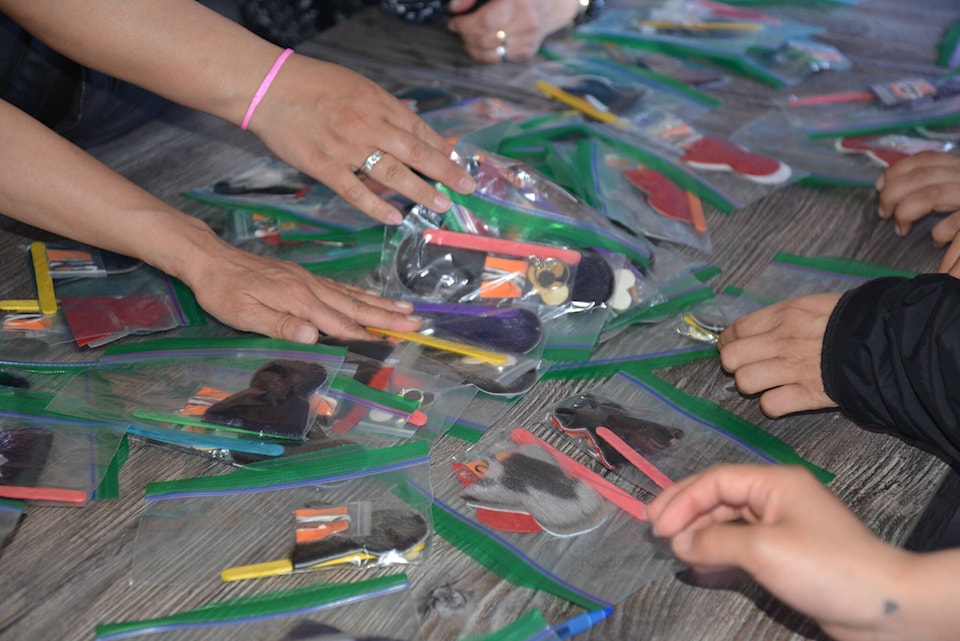The Government of Nunavut’s first women and girls wellness program wrapped up in Iqaluit last week, and there could soon be other events like it in communities across the territory.
The program, which ran from May 20-23 in the city’s Sailijaaqvik boarding home, was a collaboration between the Departments of Health, Culture and Heritage, Family Services, and Education, as well as the Nunavut Arctic College.
It was created in response to “the unique set of health and wellness challenges” faced by women and girls in the territory, according to Deputy Minister of Health Megan Hunt.
“This was really an opportunity to empower women and girls to be in a safe space and to talk about and experience sessions that really meet their needs,” she said.
The program was free and open to Nunavummiut who identify as women or girls staying at the Tammaativvik and Sailijaaqvik boarding homes. It began with a prayer and ceremonial lighting of the qulliq by local Elder Natsiq Kango, and continued with information sessions covering a range of topics including mental health, safe sleep, menstruation, menopause, pregnancy, birth control, motherhood, breast cancer, sexual violence, and eating disorders. Activities like beading, sewing and craft-making were also integrated into the schedule. There were interpreters on site for the duration to ensure information was relayed clearly.
Dr. Terri Aldred, a B.C.-based Indigenous physician who specializes in women’s health, was the facilitator for the program.
She sought to cultivate an atmosphere of “cultural safety and humility” throughout.
“I really wanted to tailor [the program] to meet the needs of the people who were there,” Dr. Aldred said. “People have said that they learned quite a bit.”
“There was certainly no shortage of questions. The first day we ran over by half an hour because people were so engaged and had so many things they wanted to ask.”
Hunt, who was in attendance for the duration of the Iqaluit event, is pleased with the way it went, but is adamant that it was “a starting place not and ending place.”
“This is our first approach with this series,” she said. “Our goal would be to take this throughout the territory to other locations. It can be a barrier for folks, traveling and those kinds of things, so we really want to meet people where they’re at and bring health care providers and other departments more locally.”
Dr. Aldred shares that opinion, noting that there is still much work to be done in terms of womens health in Nunavut.
“When we’re talking about health inequities in Canada, the disparities between Indigenous and non-Indigenous people is quite stark and not in keeping with what we would consider appropriate with an industrialized nation,” she said. “Due to the impacts of colonialism and racism, indigenous women and children –including those in Nunavut – do have higher rates of illness.”
“I think opportunities for knowledge translation and for people to come together and ask questions and to learn in this way is really important.”

